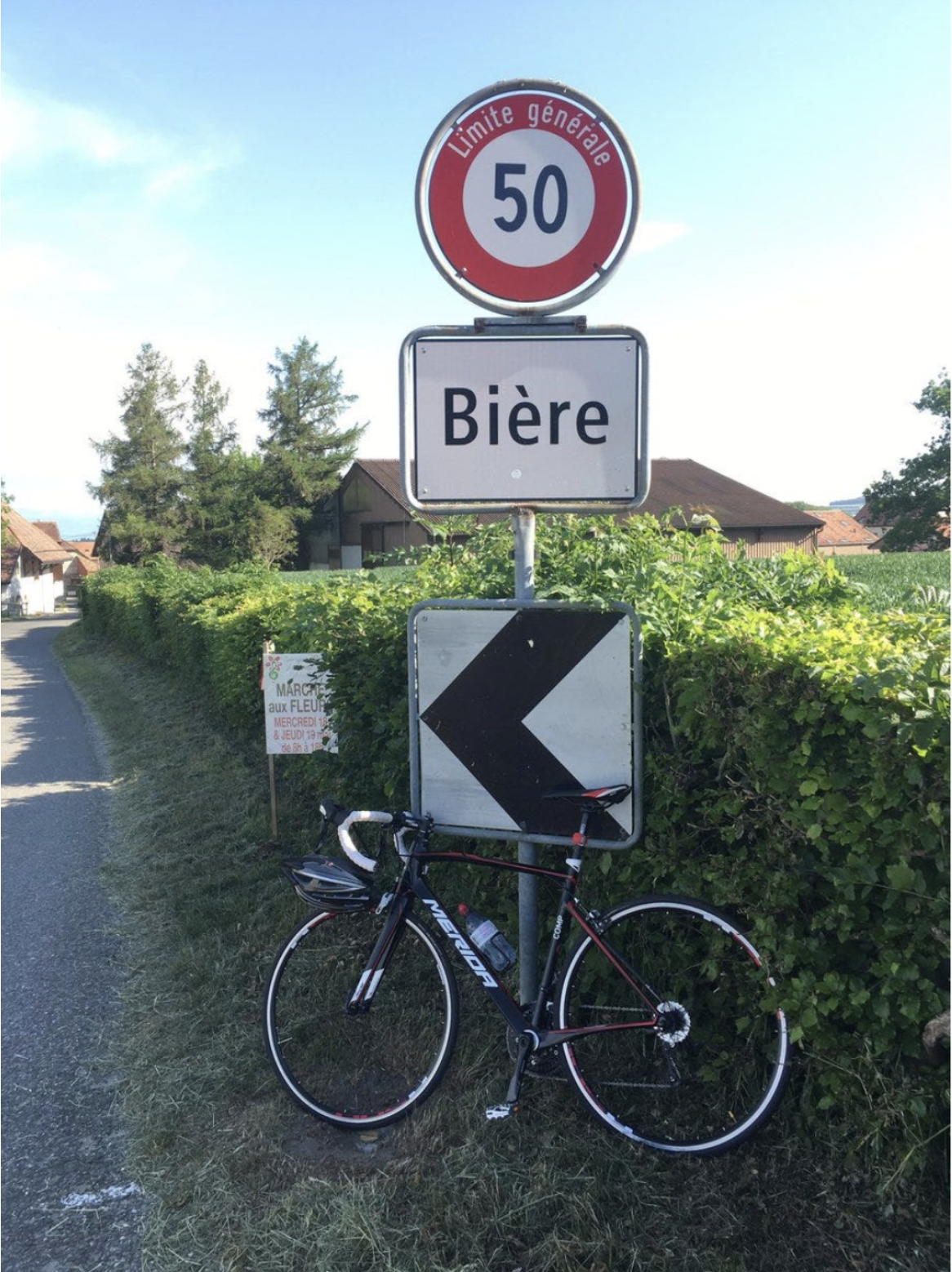Encounters with Absinthe, Walnut Oil, and Cheese Robots in the Canton of Vaud.
Last summer I arrived for a six-week residency at the Fondation Michalski, an institution dedicated to literature, in the foothills of Switzerland’s Jura Mountains. I was there to write two crucial chapters of The Lost Supper, my book on the deep history of food, which will be published this September. On the flight over, I’d sworn to myself that I was going to stay focussed, keep my nose down, and not get distracted by my surroundings, no matter how appealing they happened to be.
I knew I was in trouble as soon as I put down my bags in my “tree house,” an architect-designed studio, suspended beneath a concrete canopy meant to evoke a tropical forest. The staff had assembled a welcome basket of local specialities, which included oil and apricot vinegar from a local mill, a package of “flûtes” from the village of Montricher (a snack that beats potato chips hands down), and a bottle of excellent white wine. In the fridge were thick bars of milk chocolate and a selection of local alpine cheeses.
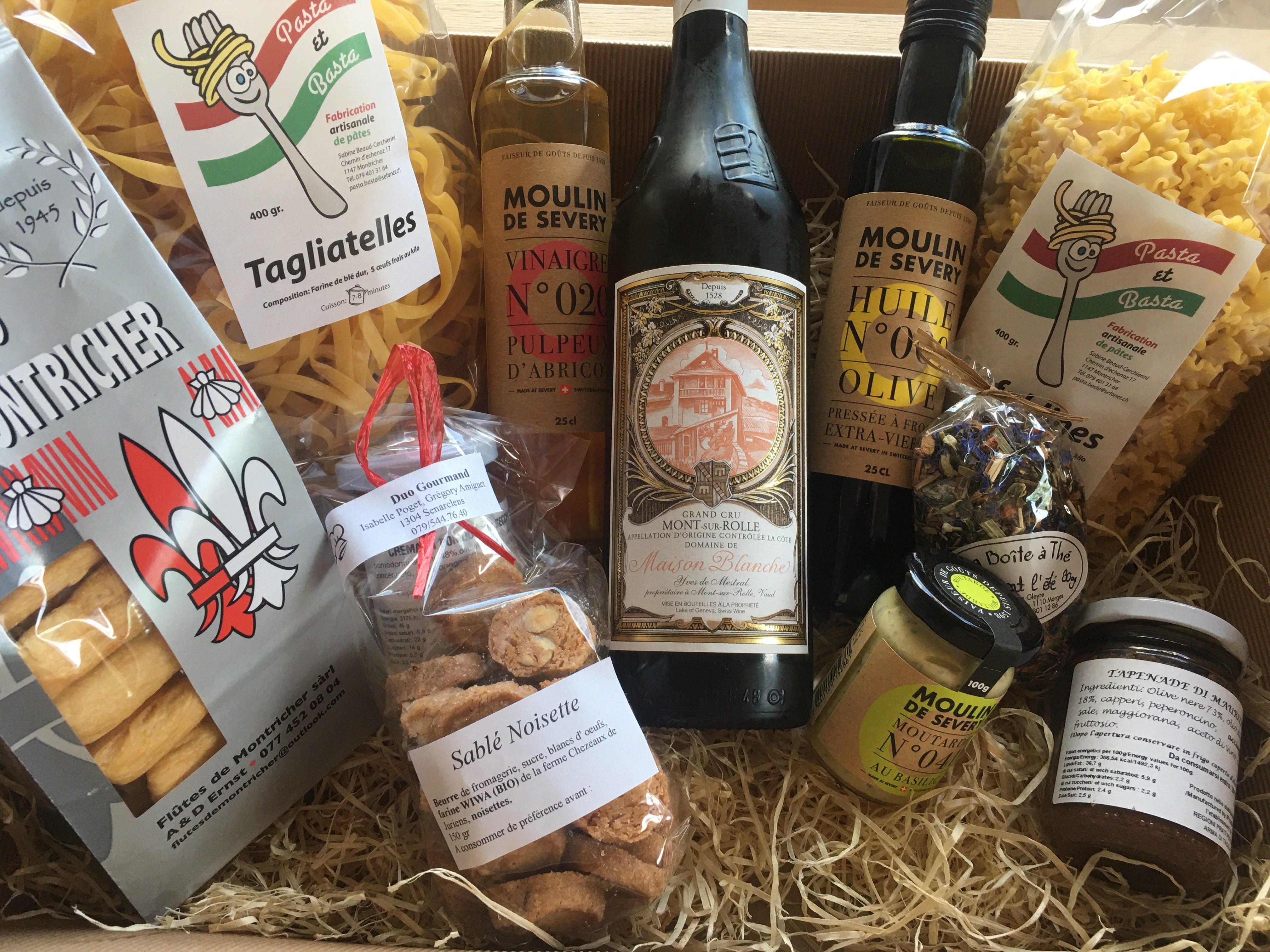
Everything in the basket came from the villages around me. Looking out my window, I could see fields of wheat, and bell-wearing Simmental and Charolais cows browsing in meadows of wildflowers. I had access to e-bikes, and one of the women on staff (merci, Sabine!) loaned me a road bicycle for the duration of my stay. I had work to do, tens of thousands of words to write, but there was also an esculent landscape spread out before me, with snow-topped Mont Blanc looming in the distance, on the far side of Lac Léman. Focus was going to be hard to maintain. I promised myself that, if the work was going well, I would allow myself one excursion per day. My goal, by the end of my stay, was to track down all that was unique to the Canton of Vaud, gastronomically speaking, to its source.
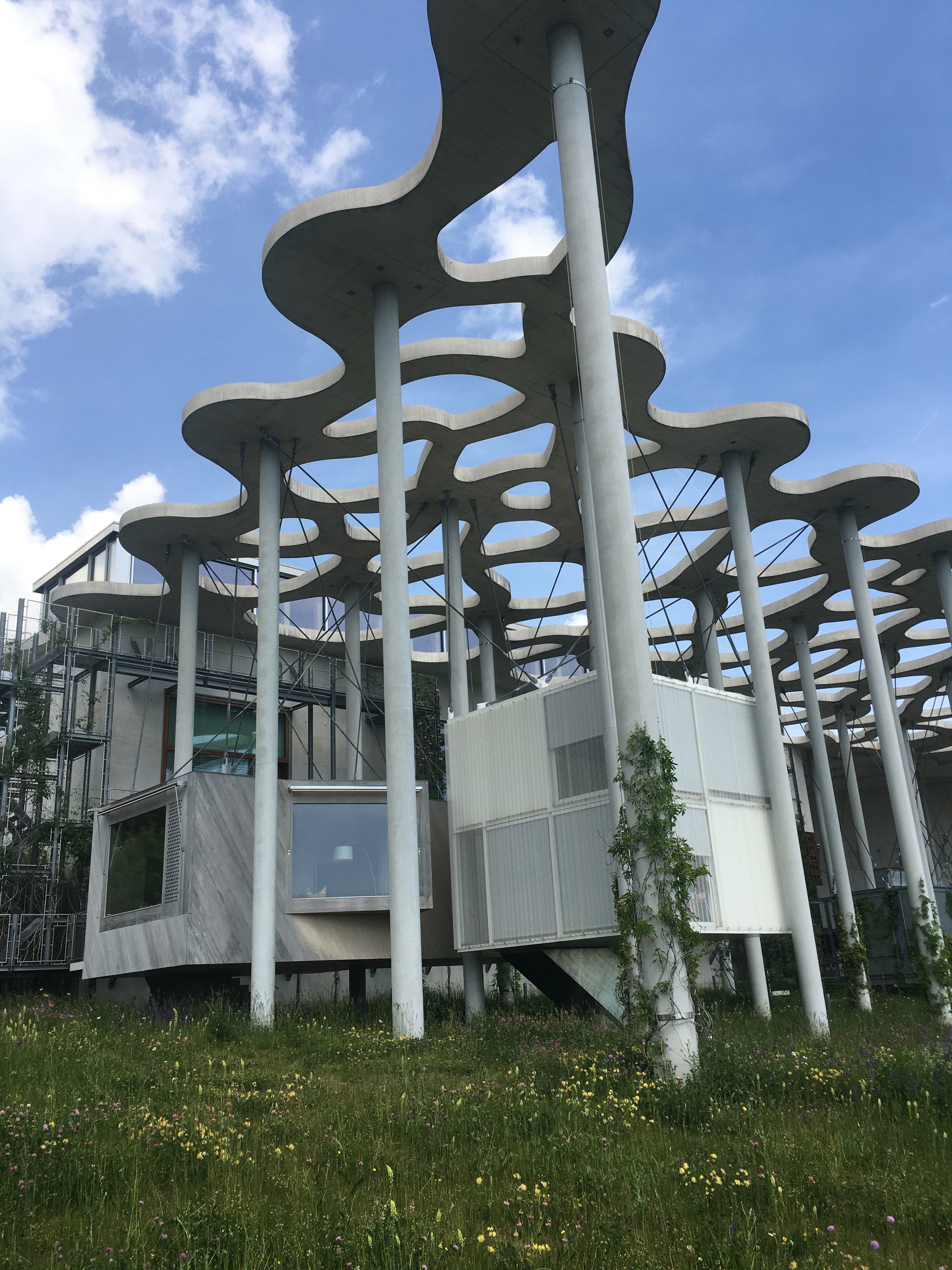
I started with a bike ride to the Fromagerie Gourmande, on the outskirts of the village of Montricher. This cheese factory/interpretive center/restaurant was a place I’d get to know well. This was where the milk from those pasture-fed cows ended up: every day, tanker trucks pulled into the factory, and piped the milk from 23 dairy farms into vast copper vats, where it is heated and made solid with the addition of starter and rennet. Stéphane Berger, the head cheesemaker, walked me through the factory, showing me the rooms where butter and yogurt were made. At the end of the tour was a vast storeroom, where 6,000 wheels of raw-milk gruyere were piled to the soaring rafters on spruce shelves.
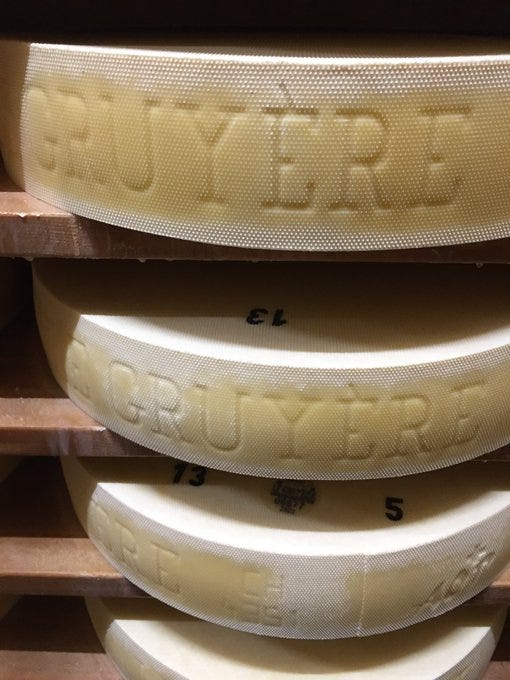
Berger led me to the heart of the storeroom, where a laser-guided robot was hard at work: I watched it remove a 77-pound wheel from a shelf, flip it, and scrub the surfaces clean with rotating brushes. “It never takes a break,” said Berger, with admiration. “In the last seven years, it’s cleaned three million cheeses.”
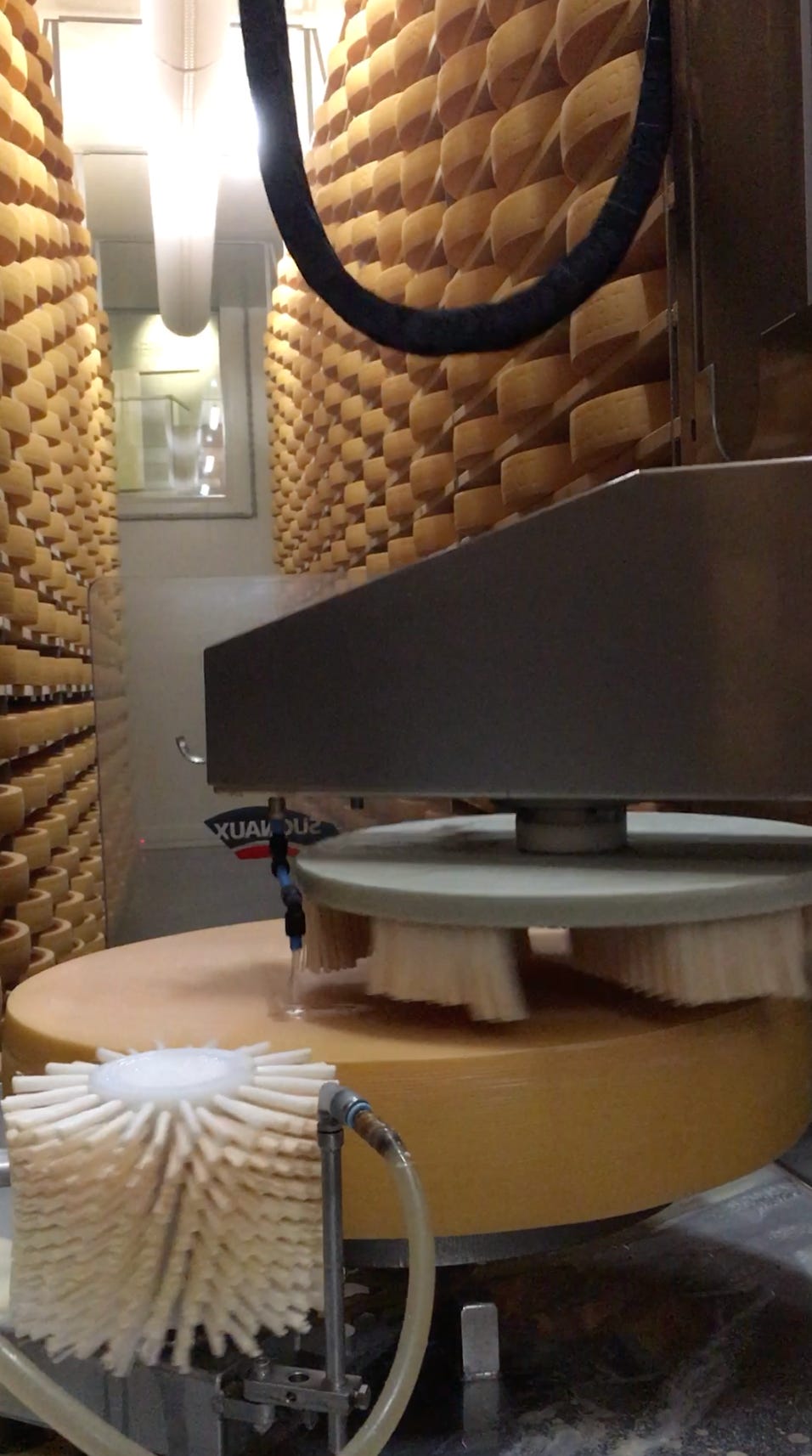
The twice-weekly cleanings kept the gruyère free of mites and mold, protecting a significant investment: I calculated the gruyère stored on these shelves represented a fortune of $5.9 million US. Definitely worth it, I realized, as the woman at the counter of the Fromagerie’s retail store let me nosh on a sampling of local cheeses, including a soft young tomme, studded with hazelnuts, and a two-year-old gruyère that seemed to concentrate the aromas of wildflowers and mown-grass I’d been inhaling.
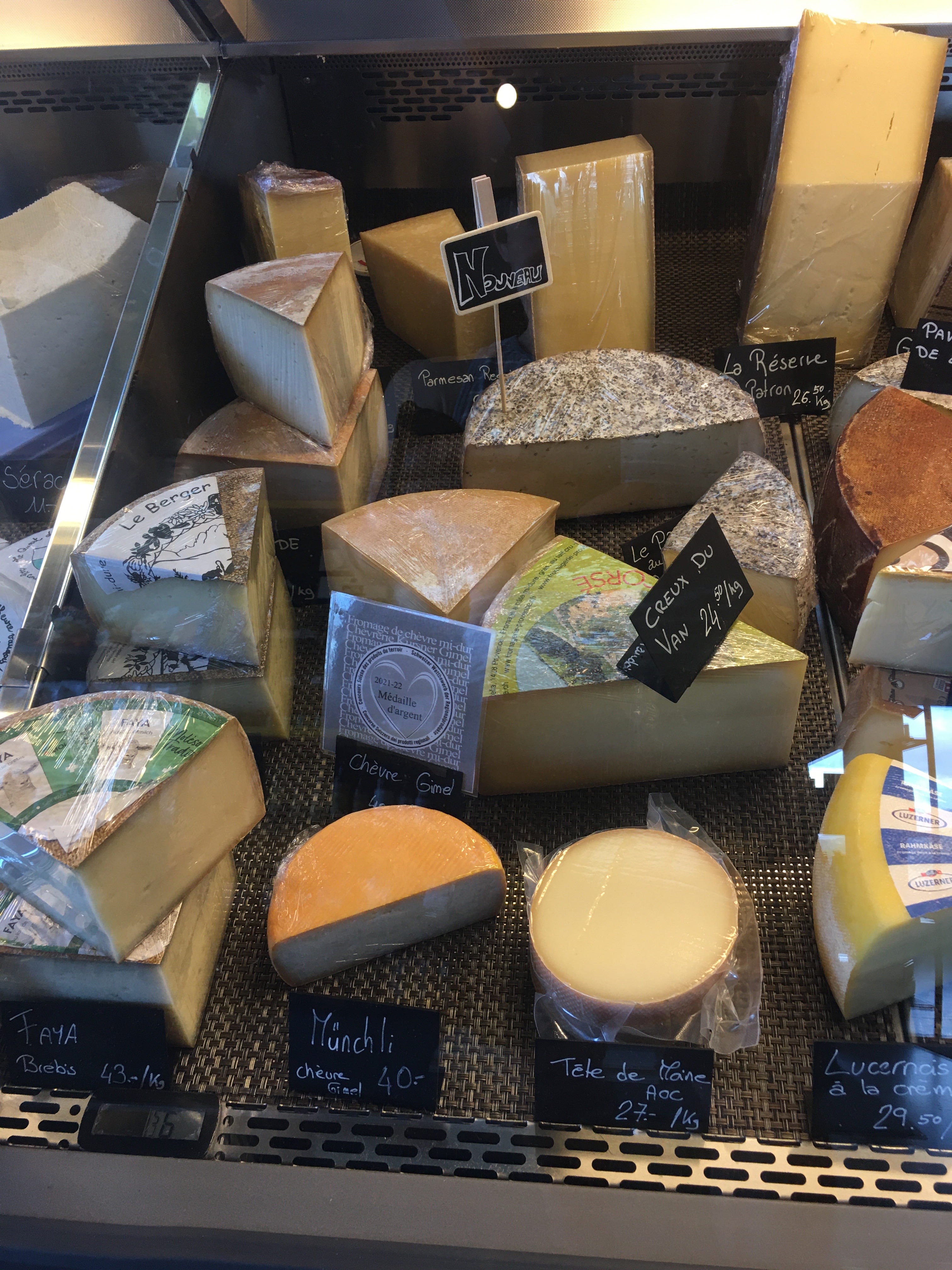
The Fondation building is nestled up against the Jura Mountains, which allowed for after-work hikes to nearby peaks. And the nice thing about hiking in Switzerland is that, after grinding uphill for one kilometer through dark woods and over alpine meadows covered with gentian and columbine, there's often a "buvette" waiting for you at the top, serving a nice cold glass of wine from Valais and an insanely filling Roesteflette, all crispy shredded potatoes covered with a melty tomme d'alpage right out of the oven.
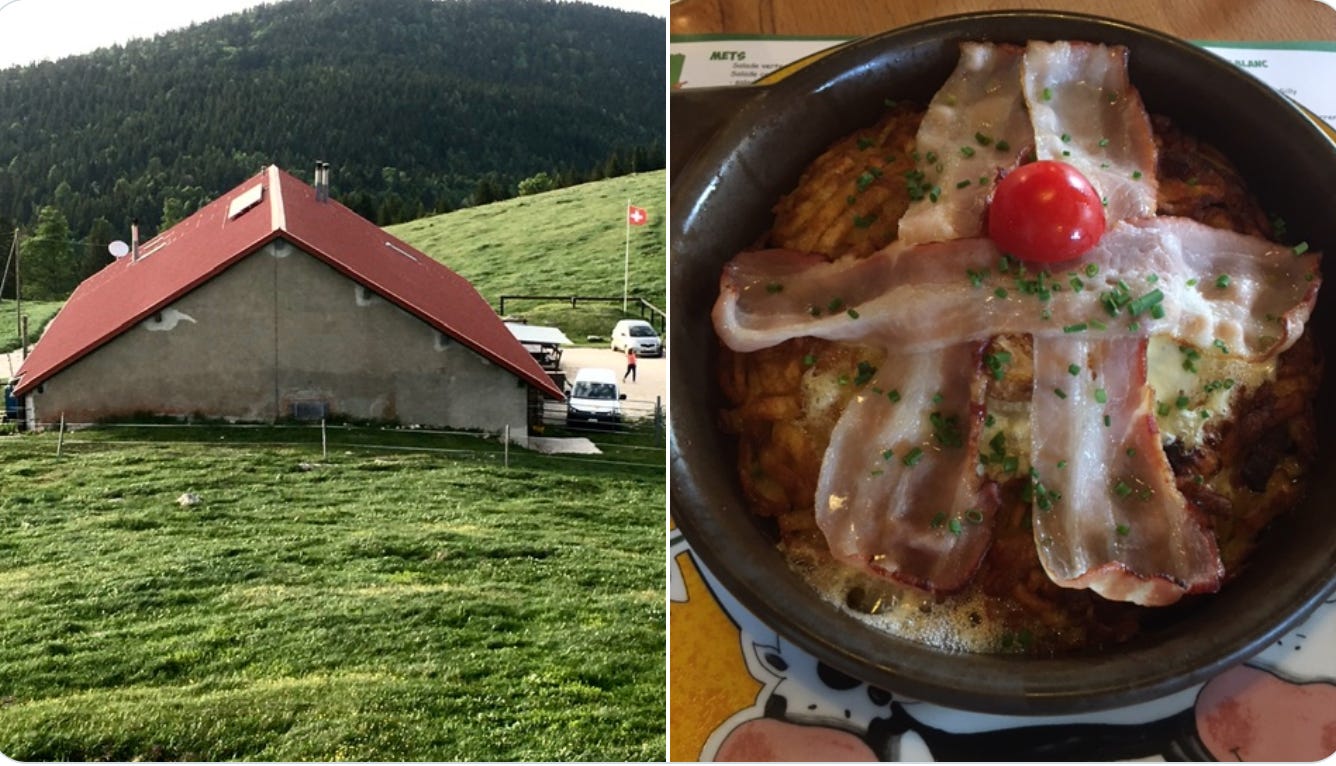
Which somehow makes the hour and a half long walk back downhill feel not so long after all.
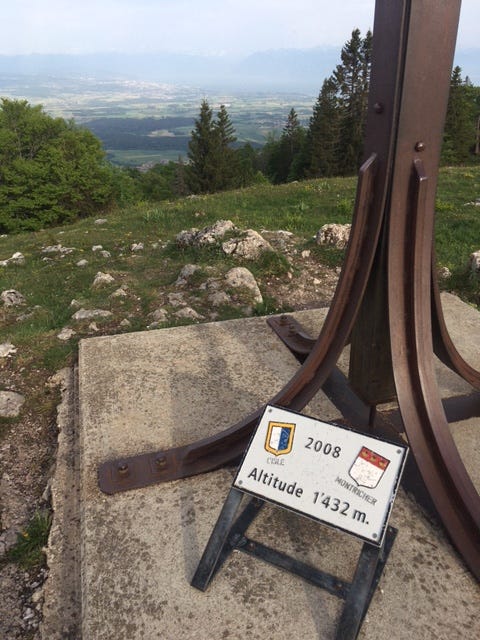
One afternoon, after writing 1,500 words that seemed to make sense, more or less, I treated myself with a bike ride to the village of Sévery. I was on a quest for a bottle of walnut oil that has been produced in the region continuously since the 13th century; the Huile de Noix de Sévery is one of the rare foods on Slow Food’s Ark of Taste, the Italian organization’s global list of endangered foods. (I often use the Ark of Taste as a shopping list when I’m exploring a region that’s new to me.)
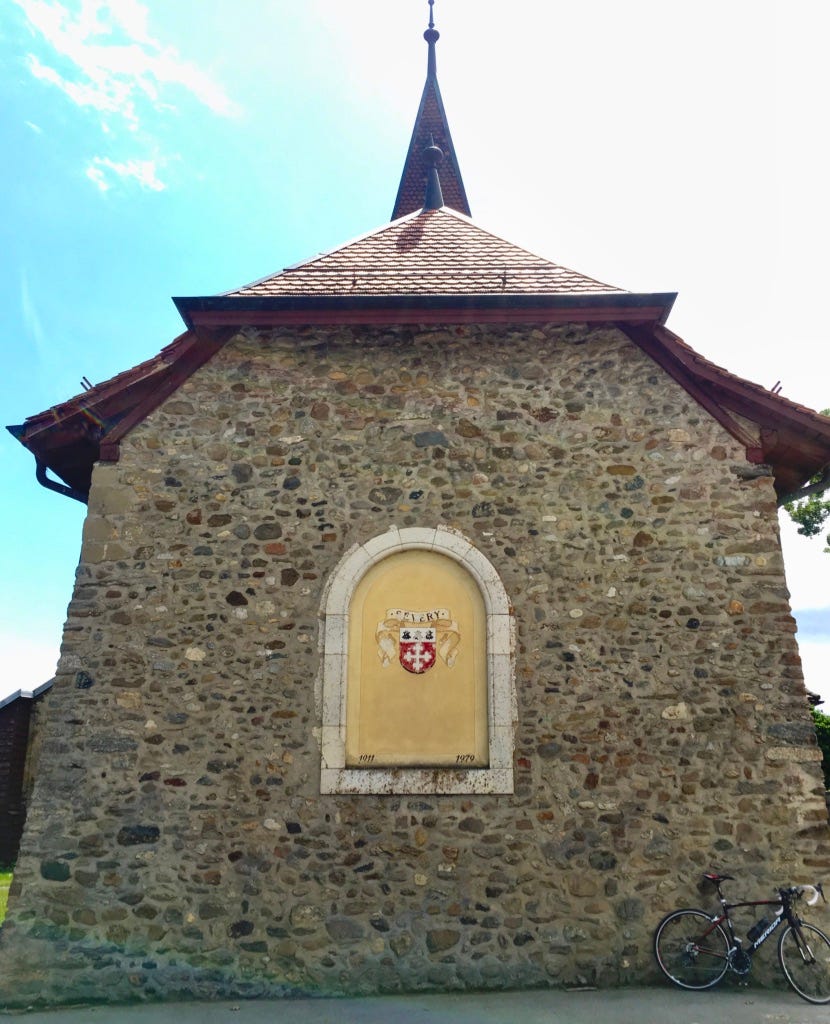
The Moulin de Sévery is an artisanal oil mill on the banks of the little Morges River, set among groves of walnut trees. The owner, Jean-Luc Bovey, explained there had been a mill on this site since 1228; his was the sixth generation of the Bovey family in the oil-making business.
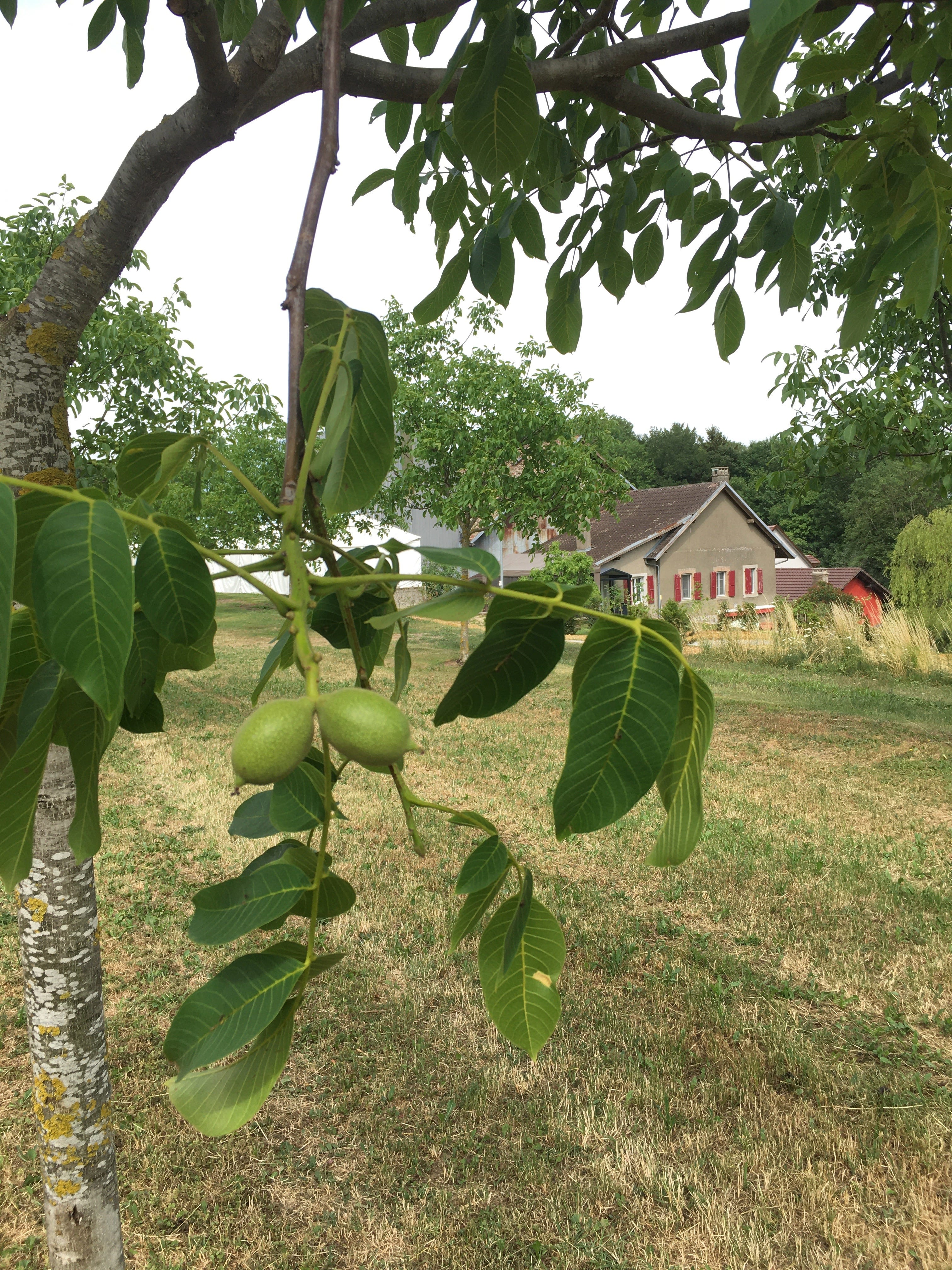
Local farmers brought him their walnuts, which were shelled in a wheezing, Dr. Seuss-like contraption that filled an entire room. Hazelnuts, walnuts, and pumpkin seeds were then heated and pressed in a blackened cauldron, yielding pure oils for cooking and seasoning salads. Bovey proudly showed me the new bistro next to the mill, whose menu consisted of nut-based dishes, including a beef carpaccio drizzled with fresh-pressed walnut oil. I’d just missed the lunch service, but Bovey consoled me with a sip of Nocino, a digestif from the Italian part of Switzerland made by macerating green walnuts in grappa. Most importantly, I left with a bottle of walnut oil. Not cheap, but definitely worth it. It has a deeply nutty unctuousness, which makes even the simplest salad greens into something sophisticated…and, dare I say, Continental.
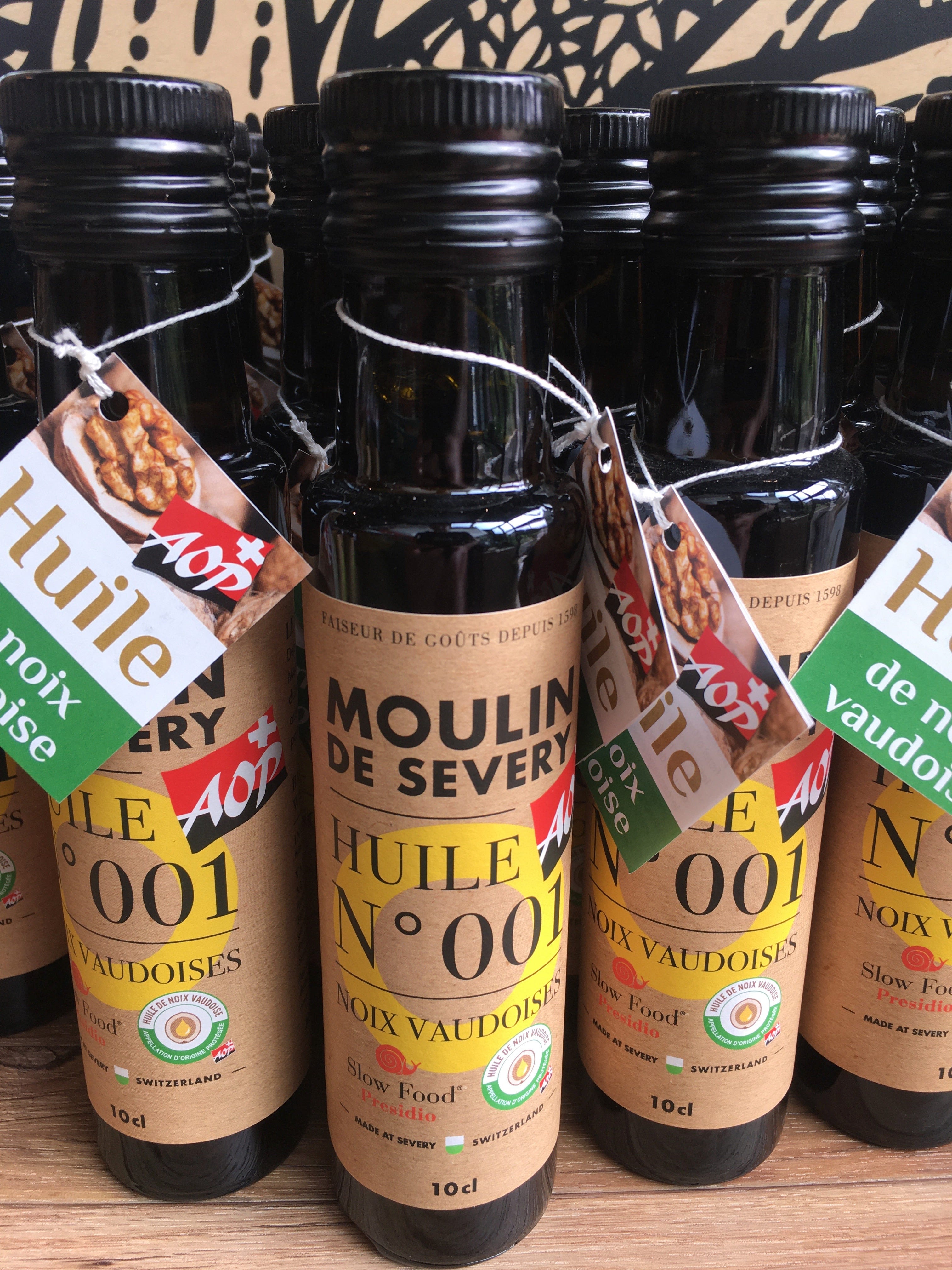
After a week at the Fondation, my writing was going well enough, but the temptations of this esculent landscape were getting the better of me. Even reading the map made me hungry. How could I resist hopping on my bike and striking out for villages with names like Apples, Bière, or Envy?
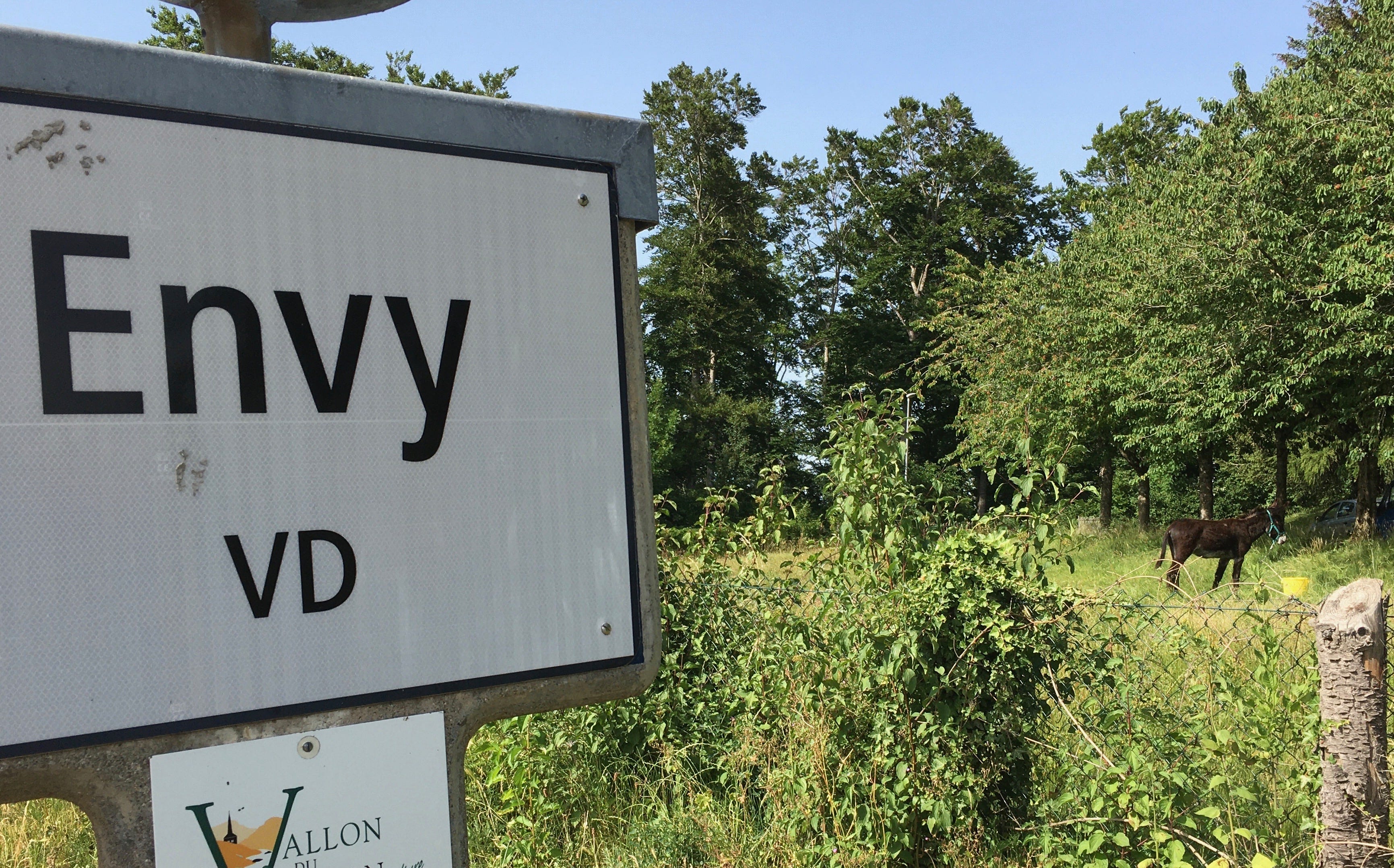
Next week I’ll tell you about rural Switzerland’s remarkable institutions of Libre-Service stands and vending machines, deep-fried gruyère balls, and my quest for high-wormwood absinthe and the obscure grape varietal Servagnin, which has a 600-year history in the canton of Vaud.
If you’re enjoying these dispatches, I’ll hope you’ll consider upgrading to a paid subscription. A little contribution will keep our family in milk money, and provide the fuel I need to continue sharing my adventures.

